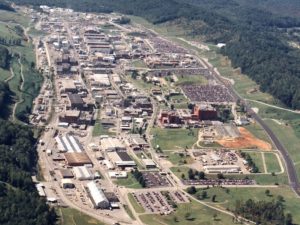
Bottom-loading furnaces at the Y-12 National Security Complex, encased in a glovebox and designed to recover usable uranium scraps, will be ready for operations by late 2029, with a stop-gap furnace set to fire up this year, the National Nuclear Security Administration said. The bottom-loading furnaces, part of the direct chip melt process the agency has been developing for about a decade, are expected to reach the critical decision 4 milestone in the fourth quarter of the 2030 fiscal year,…

 By
By 










